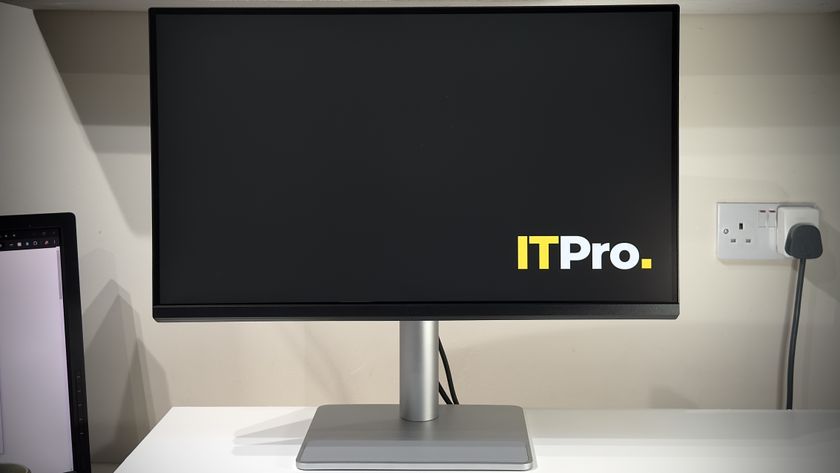The fun starts now as you decide where to position your APs and connect them up to the network. And that's all you have to do as we watched each of our test APs automatically contact the ZoneDirector, which immediately upgraded their firmware to the latest version and deployed all our WLAN configurations to them. For tighter security you can disable the auto-approval function, review the list of discovered ZoneFlex APs and manually select those allowed to join.
Guest access controls are in abundance and you can allow specific users to create guest passes, which may be required if they are looking after contractors and the like. You can also activate the Zero-IT Activation feature on selected WLANs where your users are required to visit a URL on the appliance. Once authenticated successfully, a small utility is downloaded to their system, which will set up their wireless network settings for the relevant ZoneFlex WLAN.
Ruckus' Smart Meshing feature makes installation even easier as APs can be added to the ZoneFlex wireless network without physically connecting them to the LAN. Meshed APs create a peer-to-peer network, which comprises a wireless backbone that they use to securely communicate with each other. If a client connects to one of these APs it can access the LAN by hopping across all the meshed APs until it reaches a root AP which has a wired connection to the main network.
Think carefully before you switch meshing on as once activated all APs are updated and the only way back is to reset them to factory defaults. To test this feature we linked one AP to an isolated HP ProCurve 2626 PoE switch and saw from the dashboard that the root AP had accepted a meshed connection from it. We linked a wireless laptop to the LAN via the meshed AP, started a continuous Ping to our domain controller and disconnected the AP. The laptop rejoined the network using the next AP quickly enough that the Ping only timed out twice showing meshing offering valuable self-healing capabilities
The mapping facility is easy to use and we imported a JPEG of our office floor plan into the web interface and then positioned our ZoneFlex APs in it. Heat maps showing wireless strength and coverage are useful for AP deployment, whilst triangulation is used to locate the position of rogues APs. During testing Ruckus picked up eleven unknown APs in our vicinity and using the map we were able to find out where they were located. Once you're happy that they're legit you can declare them to the ZoneDirector as known APs.
We've tested plenty of business wireless solutions in the lab and can safely say that ZoneFlex is the easiest to install and deploy. It offers a wide range of security measures, has price points to suit just about any pocket and Ruckus' latest Enterprise option introduces the ZoneDirector 3500 appliance, which supports up to 500 APs.
Verdict
ZoneFlex offers a highly scalable wireless network solution that has an answer for virtually any size of business. The ZoneDirector appliance makes light work of deployment and ongoing management, there’s plenty of security on tap, wireless range and coverage are excellent and it all looks very good value.
Chassis: 1U rack chassis Processor: 1.8GHz Core 2 Duo Memory: 1GB 667MHz DDR2 Storage: 2GB CompactFlash Network: 2 x Gigabit Ethernet Management: Web browser ZoneFlex APs: 2942 - £295; 7942 - £590; 7962 - £740
Dave is an IT consultant and freelance journalist specialising in hands-on reviews of computer networking products covering all market sectors from small businesses to enterprises. Founder of Binary Testing Ltd – the UK’s premier independent network testing laboratory - Dave has over 45 years of experience in the IT industry.
Dave has produced many thousands of in-depth business networking product reviews from his lab which have been reproduced globally. Writing for ITPro and its sister title, PC Pro, he covers all areas of business IT infrastructure, including servers, storage, network security, data protection, cloud, infrastructure and services.













